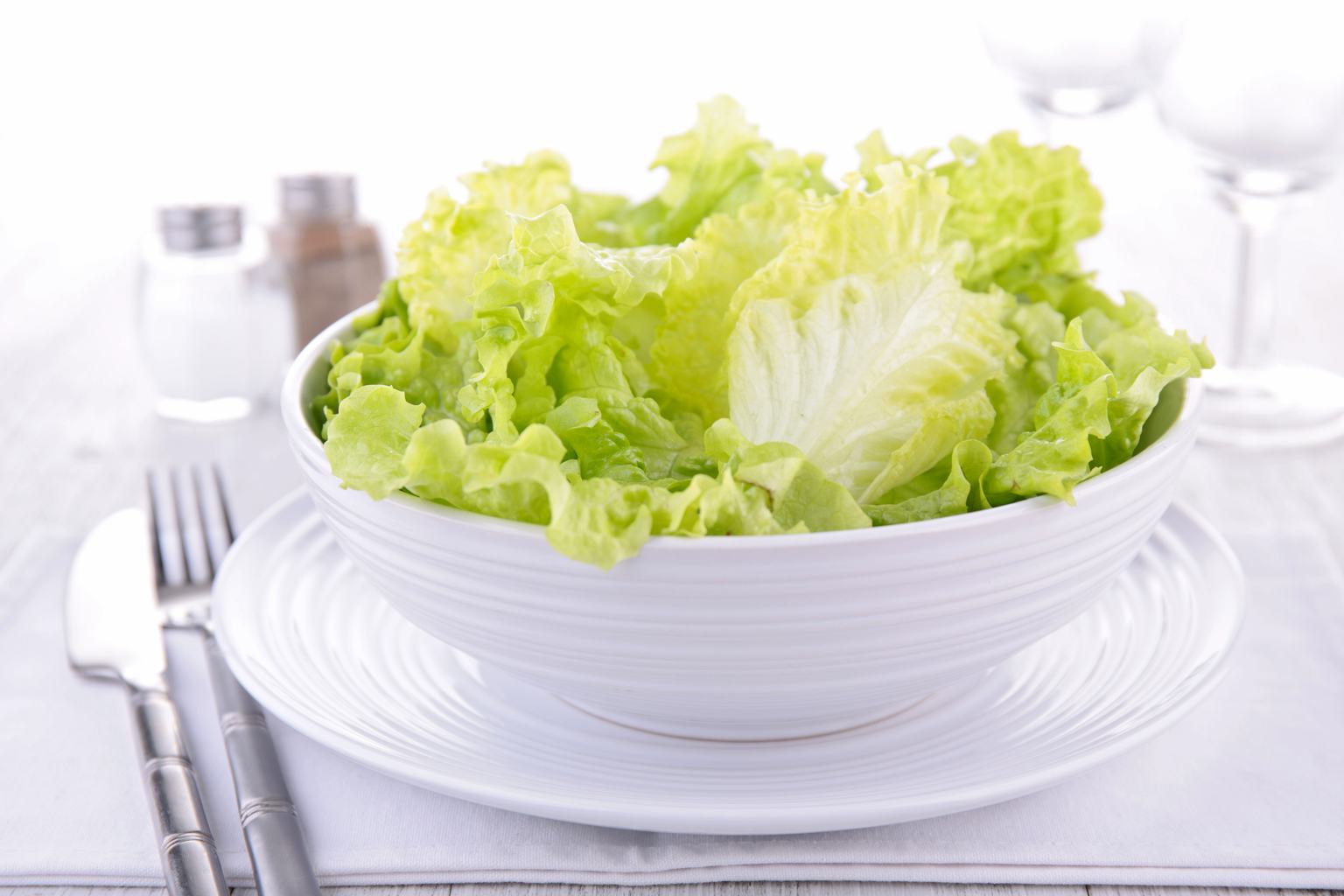Eating salad every day might sound like the ultimate healthy habit or maybe a recipe for boredom. But what truly happens to your body when you make fresh greens a daily ritual? Let’s explore the real benefits, the occasional downsides, and how to get the most out of your salad habit.
Understanding salad variety and seasonal choices
Salad is not just a simple side dish; it’s a whole world of possibilities. The term “salad” can mean everything from a mix of leafy greens with dressing to hearty bowls filled with vegetables, beans, nuts, or even fruits. Its name even traces back to Latin, meaning “seasoned with salt,” but today, salads offer so much more than just saltiness—they deliver freshness and nutrients.
Standing abs in 20 minutes: the perfect workout if you hate classic exercises
The variety of salads is vast. There are head lettuces like iceberg, romaine, and butterhead, and then there are leaf lettuces or pick-and-choose varieties such as arugula, spinach, and lamb’s lettuce. Different seasonal salads grow at different times of the year. For example, from May through October, many leafy greens are available fresh from outdoor fields, while others like field greens and lamb’s lettuce thrive during cooler months.
Choosing seasonal and local salads is a smart move. They usually pack more flavor and nutrients and help reduce the environmental impact linked to greenhouse production or long-distance shipping, which can add up to a hefty carbon footprint.
The health benefits and pitfalls of daily salad eating
Eating a big bowl of salad daily can offer extensive health perks. Salads are low in calories because they’re mainly water—somewhere between 80 and 95 percent. This means you can enjoy a large serving without worrying about calorie overload. Greens like spinach, arugula, and romaine are particularly rich in important nutrients like folate, iron, calcium, and vitamins. Bitter leaves, such as radicchio or endive, also bring beneficial compounds that support digestion and overall health.
On the flip side, not all salads are health heroes. When stacked with heavy, creamy dressings, fried toppings like bacon, cheese chunks, or croutons, a salad can quickly become calorie-dense and work against your goal to eat healthily. Balancing your salad with fresh veggies, nuts, seeds, beans, and a homemade dressing made with quality oils and vinegar will help you reap the true benefits.
Eating salad daily also supports weight management through volume eating—filling up your stomach with nutrient-dense, low-calorie foods helps reduce overall calorie intake. Plus, increasing your vegetable intake enhances your body’s vitamin and mineral intake, supporting a strong immune system and reducing risks of various diseases.
How much salad should you eat and tips for variety
Experts suggest eating at least five servings of fruits and vegetables daily, and salad absolutely counts toward this goal. One serving corresponds roughly to two handfuls of chopped salad, so an everyday large bowl fits perfectly.
According to Feng Shui, this is the best spot for bay leaves to draw abundance
Variety is key. Mixing different leafy greens, fresh vegetables like cucumbers, tomatoes, carrots, and pepper, as well as adding nuts, seeds, and even legumes like chickpeas or lentils, guarantees a broad spectrum of nutrients and keeps your taste buds interested.
When I started eating a salad every day, I noticed how easy it was to get stuck in a flavor rut if I wasn’t careful. So, I challenged myself to experiment: sunflower seeds one day, roasted beets the next, or a sprinkle of feta cheese with a drizzle of olive oil and lemon juice. This simple shift made salad exciting again and reminded me that healthy eating doesn’t have to be dull.
Buying fresh, crisp salads is crucial. Opt for organic when possible and local to maximize freshness and reduce chemical residues. Skip pre-packaged mixes with long shelf lives for homemade or freshly prepared salads. Making your own dressings ensures you control what goes in and keeps your salad light and nutritious.
How do you like your salad? What are your favorite combinations or ingredients to keep salad eating enjoyable? Share your thoughts and tips—let’s turn the daily salad habit into a vibrant and delicious adventure!

I always use fat free dressing & throw in a boiled egg white so I get my daily non meat protein. I also add a lot; tomatoes, onion, radishes, banana peppers ect. I mixed it up so I don’t get bored with it
I agree. Buckwheat salad with lemon juice, pomegranate and a drizzle of extra virgin olive oil along with falafel, hummus and a big green salad is a favourite. Nuts and seeds, capers, sauerkraut, tofu, peppers, a bit of sour from incan berries or sour cherries, kale, red cabbage, yellow courgette and a variety of colourful radishes – lots of ways to perk up a green salad.